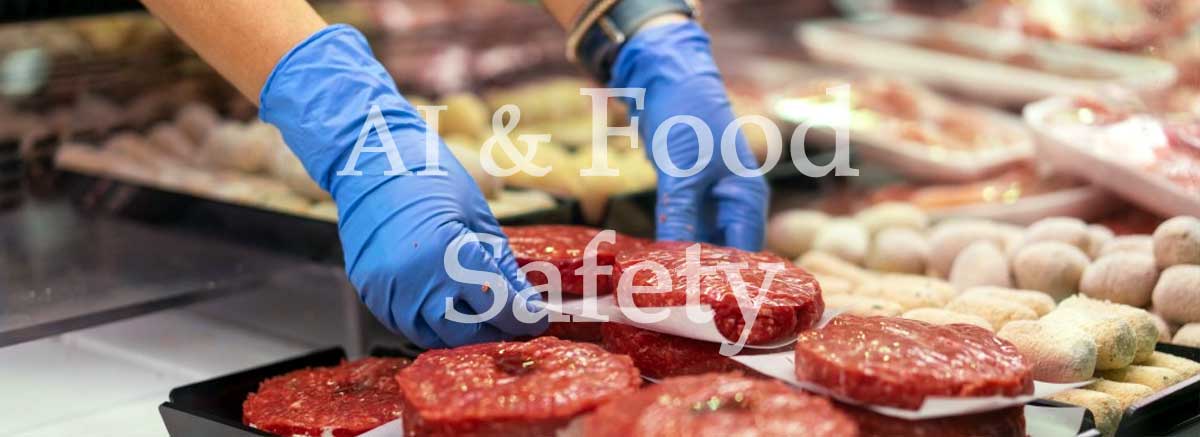Food Safety is primed to undergo a significant transformation, thanks to the integration of artificial intelligence (AI). AI will revolutionize food safety practices. Its ability to process and analyze large datasets, to predict risks, and to enhance transparency is bound to transform how we approach food safety. AI system accuracy, data privacy, and ethical use are vital considerations for implementation but AI is coming to the food safety sector, ready or not. It’s too early to predict all of the change that is before us but four ways that we can be confident that AI will enhance food safety operations are:
1. Hazard analysis and critical control points (HACCP).
AI systems will enhance HACCP by improving hazard identification, enabling real-time monitoring and control, offering predictive analytics for preventive measures, automating record keeping, improving traceability, customizing to specific environments, aiding in staff training, and ensuring compliance with regulations. It will better monitor and analyze critical points in the food production process, identifying potential hazards like contamination or temperature deviations in real-time. This proactive approach ensures immediate corrective actions, drastically reducing the risk of foodborne illnesses.
2. Food testing and analysis
Traditional methods of detecting pathogens or contaminants are often time-consuming. AI accelerates this process by using advanced algorithms to quickly identify potential threats, ensuring that unsafe food products do not reach consumers. We expect that AI will bring greater accuracy and efficiency in detecting contaminants, automating repetitive tasks, enabling predictive analytics for identifying potential risks, offering real-time data analysis for faster decision-making, and enhancing traceability throughout the supply chain. This will result in improved food safety standards and reduced time-to-market for food products.
3. Traceability in the food supply chain
AI will improve traceability in the food supply chain by enabling real-time tracking, enhancing data analysis, providing predictive insights for risk management, reducing errors through automation, offering efficient incident response, increasing consumer engagement, and ensuring regulatory compliance. By integrating with blockchain technologies AI systems will track the journey of food products from farm to table. This level of transparency is crucial in pinpointing the source of contamination during food recalls, thereby minimizing the impact on public health and the industry’s reputation.
4. Predictive analytics
Here is another area where AI shines. By analyzing historical data, AI can predict potential outbreaks of foodborne illnesses, allowing for preventive measures to be implemented before they occur. This predictive capability is not just limited to identifying risks but also extends to optimizing food storage and distribution, ensuring food safety throughout the supply chain. AI integration will lead to more accurate forecasting of consumer demand, better optimization of supply chains, more reliable predictions of food trends, improvements to food safety through early detection of contamination risks, and it will assist in sustainable practices by predicting crop yields and resource needs.
Challenges Ahead
While the benefits of AI in food safety are clear, it’s important to address the challenges and ethical considerations. One concern is the accuracy of AI systems. False positives or negatives in hazard detection can have serious implications. Also, data privacy and security are other concerns. As AI systems require vast amounts of data, there will be debates as to whether this data is collected and used ethically and securely. Consumer privacy – and complying with data protection regulations – will surely introduce government oversight.
The integration of AI in food safety should contribute to a safer, more efficient, and transparent food industry but the exact outcomes are hard to predict from here.
Some Helpful Resources:

